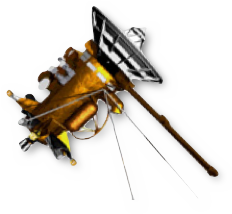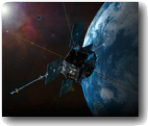The following is a portion of a statement about the European Southern Observatory’s latest exoplanet discovery from NASA’s Science Mission Directorate Associate Administrator, Dr. John Grunsfeld.
“We congratulate the European Southern Observatory team for making this exciting new exoplanet discovery. For astronomers, the search for exoplanets helps us understand our place in the universe and determine whether Earth is unique in supporting life or if it is just one member of a large community of habitable worlds. NASA has several current and future missions that will continue in this search.”


 NASA Explorer Schools is offering students in grades 7-12 an opportunity to ask questions of Nicole Smith, an aerospace engineer on the Orion crew and service module project. Join the video chat on Oct. 24, 2012, from 1 – 2 p.m. EDT to ask Smith questions about the Orion Multi-Purpose Crew Vehicle, America’s new spacecraft for human exploration. She also will address the importance of teamwork and her career as an aerospace engineer.
NASA Explorer Schools is offering students in grades 7-12 an opportunity to ask questions of Nicole Smith, an aerospace engineer on the Orion crew and service module project. Join the video chat on Oct. 24, 2012, from 1 – 2 p.m. EDT to ask Smith questions about the Orion Multi-Purpose Crew Vehicle, America’s new spacecraft for human exploration. She also will address the importance of teamwork and her career as an aerospace engineer.


 NASA’s Radiation Belt Storm Probes are flying in Earth orbit after a recent successful liftoff and ascent. The rocket’s Centaur upper stage released the probes one at a time and sent them into different orbits, kicking off the two-year mission to study Earth’s radiation belts.
NASA’s Radiation Belt Storm Probes are flying in Earth orbit after a recent successful liftoff and ascent. The rocket’s Centaur upper stage released the probes one at a time and sent them into different orbits, kicking off the two-year mission to study Earth’s radiation belts.